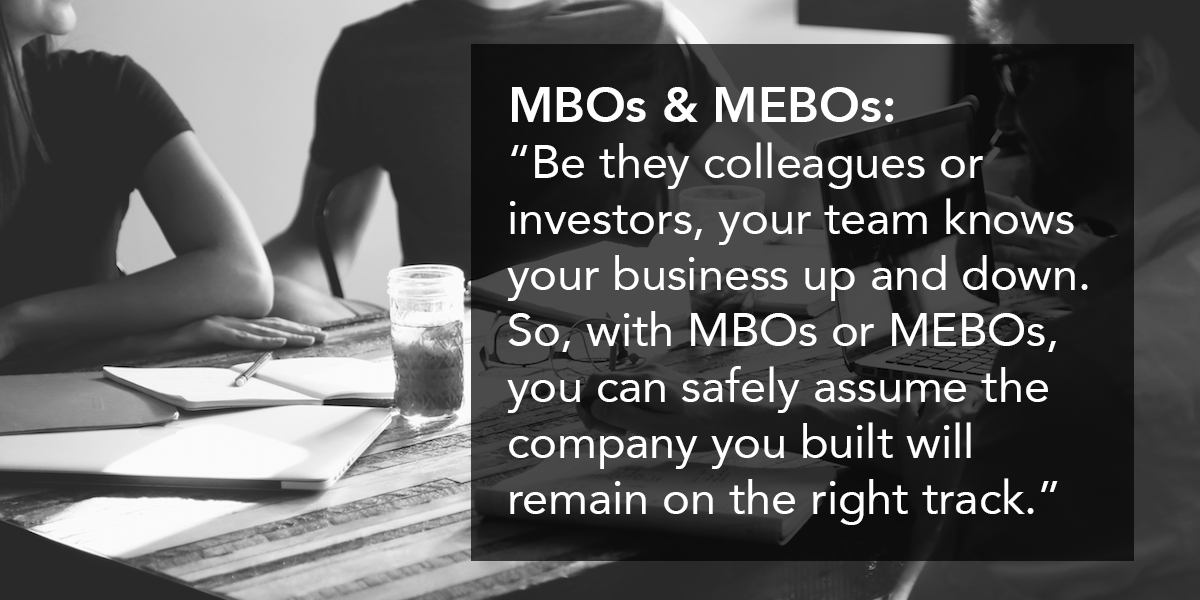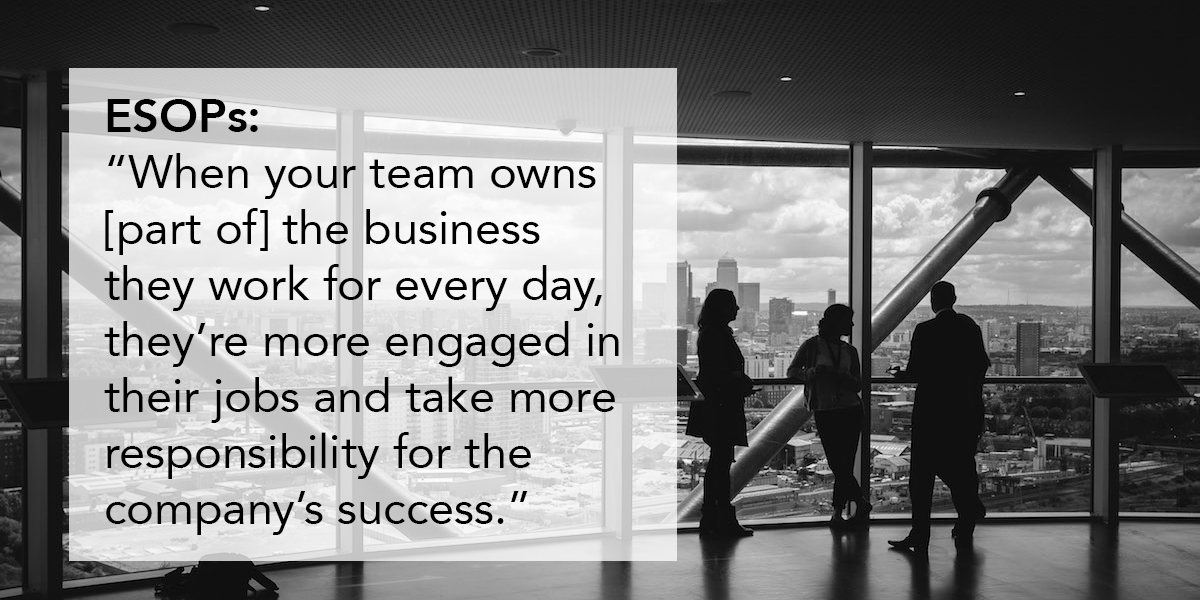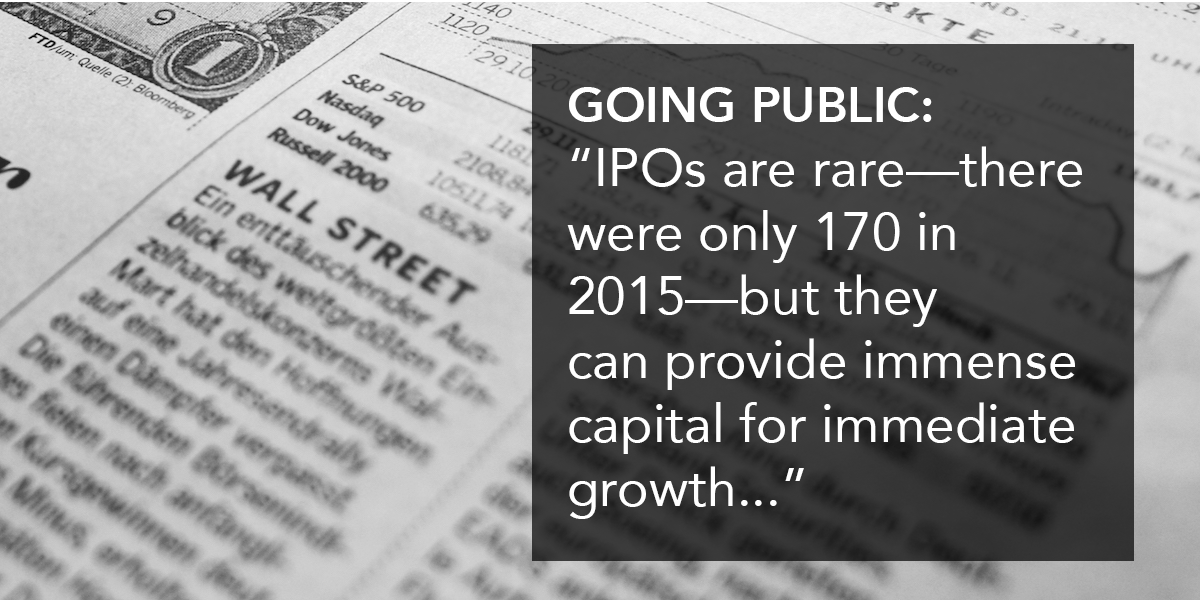Feel like you’ve seen a lot of content around here recently about selling your business? You’re not imagining things. We’ve been writing a three-part series on mergers and acquisitions.
If you’re a regular indinero blog reader, you’ve learned which signs indicate that you and your organization might be ready for a merger or acquisition (Ref: When Is The Rght Time to Sell Your Business), as well as the indispensable role of an accountant during the sale of your business (Ref: Selling Your Business How Your Accountant Can Hep). You may even feel ready to embark on the next phase.
But first, let’s zoom out for a moment and address a few pivotal questions about what’s ahead:
- How should you define success during a merger or acquisition?
- What do you hope to accomplish by selling your business?
And… - Is there a better way to achieve those objectives?
In other words, you need to figure out your exit strategy: how soon you’d like to move on from your business, how much money you hope to make, and what you intend to leave behind. Regarding exit strategies, M&A is only one option among many—and depending on your mindset and circumstances, it may be far from the best option you have.
If you’re seriously considering selling your business to an outside buyer, take a look at four popular alternatives and see how they compare to M&A:
Management and Employee Buyouts vs. External M&A
Perspectives broadly differ, but professionals frequently use the terms “merger” and “acquisition” to refer to transactions involving parties external to the business in question—that is, individuals and corporations who have not been involved with the business’s day-to-day operations thus far. Thinking about M&A this way exclusively, however, means ignoring the potential benefits of an internal acquisition.

Management buyouts (MBOs) and management and employee buyouts (MEBOs) resemble other kinds of M&A for the most part, save for the fact that you’re already familiar with your prospective buyer. Be they colleagues or investors, your management team and existing employees know your business up and down, through and through. You can safely assume the company you built will remain on the right track. Plus, you may not have to weather the level of scrutiny you would undergo during an external due diligence investigation, nor will you need to focus on sweetening the deal for your buyer to the same degree.
That said, MBOs and MEBOs don’t magically finance themselves. Your internal buyer will likely need to take out a loan, refinance their property, or commit to a long-term payment plan rather than an immediate buyout in full. These arrangements can cause monetary and emotional strain for all parties, and may even force the business to downsize or restructure during the transition.
Pros: Less adversarial than other forms of M&A, easier transitions, greater peace of mind
Cons: Outside capital may be necessary, may put current and new owners under financial duress
Successions vs. M&A
When considering transitions in leadership, some business owners go a step further than management buyouts and decide instead to entrust their companies to friends or family members. This trend is common among family businesses, where a current owner’s children have worked or are at least been accustomed with from an early age.

For an owner who opts to transfer their businesses to a loved one, personal gain is less important than the family’s future and the continuation of a legacy. By their nature, successions are not moneymakers, but they may be rewarding nonetheless in a personal sense—so long as they don’t cause inner turmoil among other relatives and key employees who might feel snubbed by the decision.
Inheritance and estate taxes also pose opportunities as well as obstacles. With the right financial plan, you may be able to save a substantial amount by bequeathing your business to the next generation, but you’ll also increase your risk of an IRS audit. You’ll need to be careful and make sure all of your paperwork is in order.
Pros: Legacy preservation, friends and family gain a valuable investment, potential tax savings
Cons: Not as lucrative for current owner, possibility of bitter interpersonal struggles, potential tax risks
ESOPs vs. M&A
An employee stock ownership plan (ESOP) allows you to transfer your businesses to members of your staff through a trust fund. Employees make tax-deductible contributions to the fund and earn equity in the company as a result.

Some business owners use ESOPs as sources of financing while transitioning out of their roles and mentoring their successors. If you choose to remain involved with your company as you plan your retirement, an ESOP may give you the flexibility and security you need.
Then there are the benefits for your employees. When your team owns the business they work for every day, they’re more engaged in their jobs and take more responsibility for the company’s continued success.
As you may have guessed, ESOPs are complicated. The option is open only to certain types of businesses (corporations, not partnerships or LLCs), subject to numerous state and federal regulations, and expensive to set up and maintain. Moreover, because they often use borrowed funds and must repurchase departing employees’ stock, ESOPs can put companies in debt or disrupt cash flow.
Pros: Tax savings, shared benefits for and sense of ownership among employees, easy to maintain leadership during transition into retirement
Cons: Complex and costly, not applicable to all types of organizations
IPOs vs. M&A
Countless entrepreneurs have dreamed of it, but few businesses ever make it to the initial public offering (IPO) stage. Through an IPO, a company sells shares to the general public on a securities exchange such as the New York Stock Exchange or NASDAQ. People usually call the process “going public.”

IPOs are rare—there were only 170 in 2015, and results were lukewarm—but they can be highly lucrative in the short term as well as over time, providing immense capital for immediate growth along with massive exposure for your brand.
When you offer public stock, you place your company among the global elite, but you also subject it to unpredictable market forces and the prying attention of customers, competitors, and industry watchdogs. Public companies face strict disclosure requirements and obligations to a broad group of shareholders. Your business will have a much harder time safeguarding its trade secrets and innovating quickly.
And—you guessed it—IPOs entail enormous upfront costs. Just as they do for investors, public stocks present a dramatic risk/reward ratio to the companies that offer them. This is not a choice to make lightly.
Pros: Enormous payoff and company recognition potential
Cons: Costlier and harder to pull off than M&A transactions
A Common Theme:
Start Planning Sooner Than Later
An exit strategy is certainly not an overnight process. As your business moves through different phases of growth, it’s good to keep your exit options in the back of your mind. As you can imagine, this continual notion will affect the decisions you make along the way. The idea is to always be planning ahead based on your ideal outcomes for yourself and your organization.
Whichever option you choose—and we’ve only mentioned four—remember that you don’t need to do it alone. Maximize your success by speaking with a qualified financial professional. If you have any questions about exit planning—or any financial topic, for that matter—we’d love to talk to you.
No matter what stage you business is in, having the right accounting solution will help you plan for long-term events, accordingly. Use this guide to understand your options.
{{cta(’49ed18f1-f1dc-4efd-9938-0d83d2b913f2′,’justifycenter’)}}



